Last updated: March 10, 2024
As you may know, I love trying out new fruits that aren’t as mainstream as, for example, apples and bananas.
There are so many fruits out there that we may have never seen or heard of because they’re not so readily available in our local grocery stores.
One of those not-so-well-known exotic fruits is the delicious cherimoya fruit. While it’s getting easier to find cherimoyas, they are still quite unique and also a bit pricey.
In this article, I will share everything I know about the cherimoya fruit, including its origins and nutritional benefits.
What Is Cherimoya?
The cherimoya fruit is an absolute delight and deserves a bit more attention. Not only does this fruit have the best flavors, but it also has quite an impressive nutritional profile.
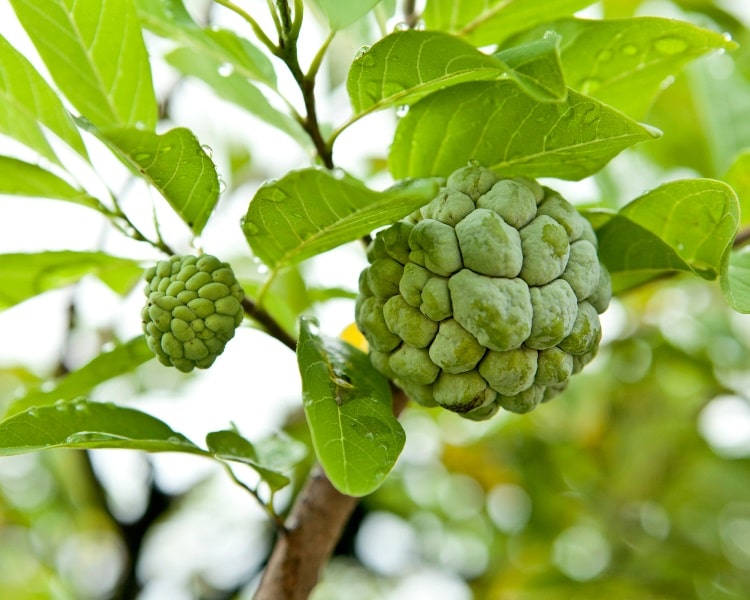
It’s one of those fruits that may not look very appealing from the outside, but once you cut it in half and eat its delicious flesh, you will most likely fall in love with it instantly.
Custard Apple
Also known as custard apple, the cherimoya is a fruit-bearing species from the Annonaceae family of flowering plants.
This family is often referred to as custard apple family or the soursop family. Famous relatives of the cherimoya fruit are pawpaws and sugar apples.
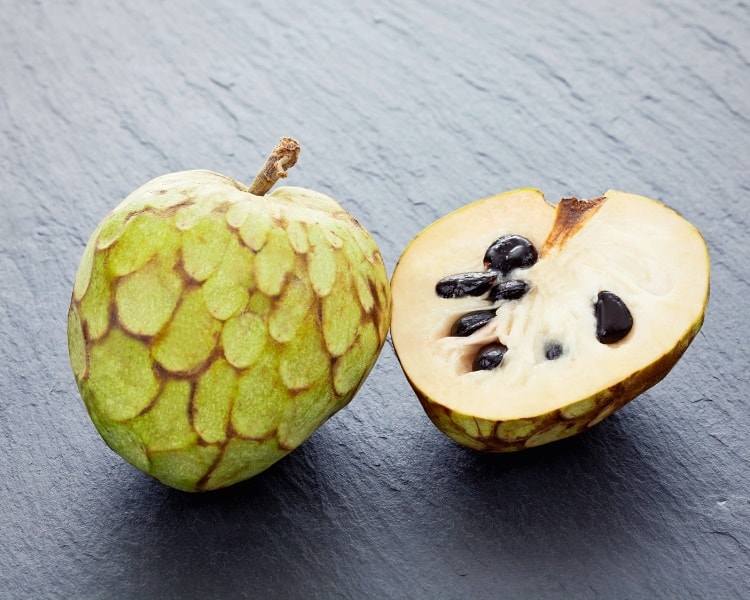
While cherimoya is believed to be native to South America, the fruit is now widely cultivated in many tropical regions around the world.
The flesh of the fruit has a creamy, custard-like texture, which is why it’s often marketed as a custard apple.
It truly is a delicious treat with refreshing flavors that are best described as a combination of banana, pineapple, and strawberry.
Consuming a Cherimoya
When searching for and buying a cherimoya fruit, make sure you pick one that is almost ripe.
One that feels reasonably firm and has a light green color. Let the fruit ripen further at home for a little while until they feel slightly softer.
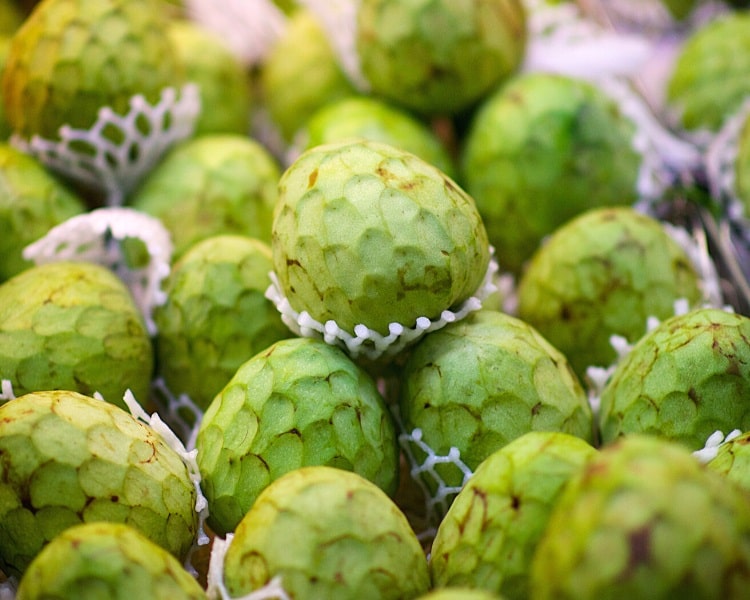
While the skin, in theory, is edible, it’s best to cut the fruit in half and scoop out the flesh with a spoon, similar to how you would consume an avocado. You can also cut the flesh into little chunks and add these to salads, combined with other fruits.
Also note that you shouldn’t eat the seeds, as they can be toxic and don’t taste very good. Luckily, though, they’re big enough to easily scoop them out.
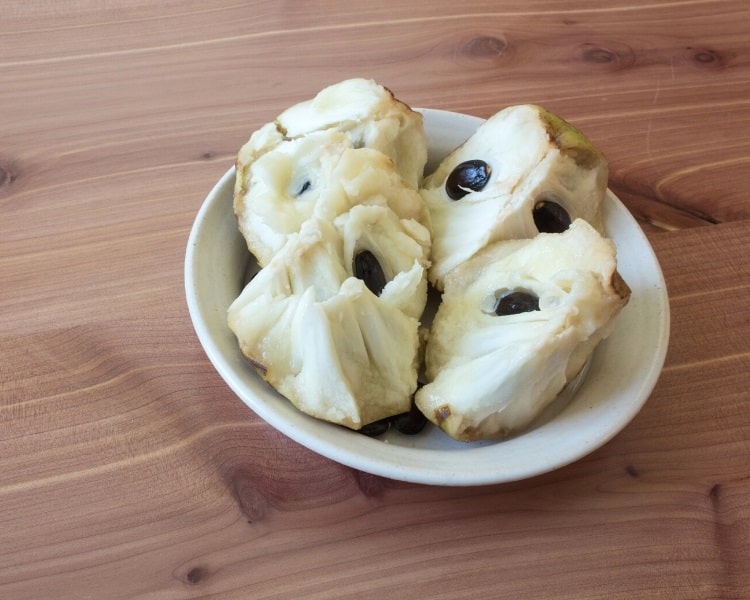
What also works quite well is creating mashed pulp and then adding that to yogurt, pudding, or ice cream. You can use your creativity here as there really aren’t any limits to what you can do. Personally, as a smoothie fan, I love adding bits of cherimoya flesh to my smoothies.
For a more comprehensive guide including handy recipe tips and ideas, read my article explaining how to eat cherimoya.
Nutritional Profile and Benefits
Look at the table below for a snapshot of the nutritional profile of the cherimoya fruit. There are a few things that stand out.
The fruit is high in minerals and vitamins, such as potassium, magnesium, manganese, vitamin C, vitamin B6, riboflavin (vitamin B2), folate (vitamin B9), and thiamin (vitamin B1).
Cherimoya can also provide you with a good amount of dietary fiber. It’s also worth noting that the fat and sodium content is negligible.
| Cherimoya fruit (raw – 100 g) | |
|---|---|
| Water | 79 g |
| Energy | 75 cal (4% DV) |
| Carbohydrates | 17 g (6% DV) |
| Dietary fiber | 3 g (12% DV) |
| Protein | 1.57 g (3% DV) |
| Fat | 0.6 g (1% DV) |
| Minerals | |
| Potassium | 287 mg (8% DV) |
| Magnesium | 17 mg (4% DV) |
| Manganese | 0.1 mg (4% DV) |
| Phosphorus | 26 mg (3% DV) |
| Iron | 0.3 mg (2% DV) |
| Calcium | 10 mg (1% DV) |
| Vitamins | |
| Vitamin C | 12.6 mg (20% DV) |
| Vitamin B6 | 0.2 mg (12% DV) |
| Riboflavin | 0.13 mg (8% DV) |
| Folate | 23 mcg (6% DV) |
| Thiamin | 0.1 mg (6% DV) |
| Niacin | 0.6 mg (3% DV) |
| Source: USDA | |
Benefits
The vitamin C in cherimoya fruit is a natural antioxidant, helping your body stay healthy. Most fruits contain high amounts of vitamin C, and cherimoya certainly packs a punch in that regard.
Vitamin B6 is an essential vitamin that helps with many functions in our body, such as producing antibodies, maintaining a normal nerve function and breaking down proteins.
Dietary fiber works as a natural laxative so that your body can properly process the food you consume. It helps to prevent constipation and also promotes healthy gut bacteria.
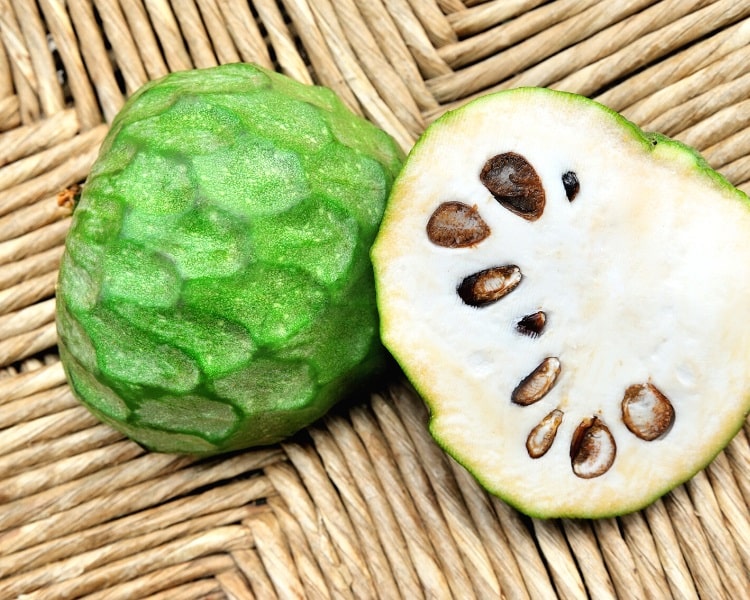
So. in short, when eating a cherimoya fruit, you’re eating a cholesterol-free treat that is extremely low in sodium and fat, and provides you with a solid dose of vitamin C, vitamin B6, and dietary fiber.
Conclusion
As you can tell, I’ve become a bit of a fan of the cherimoya fruit. It is a delicious treat with great flavors and an impressive nutritional profile.
I encourage you to go out there and try and find fruits and vegetables that are a bit more exotic and unique. Even if they cost a bit more, it’s so much fun to try something new every now and then. And the cherimoya has become one of those tasty fruits I now often buy at the markets.
Keen to discover more fruits? Check out my articles about the longan fruit and the snake fruit for some inspiration!
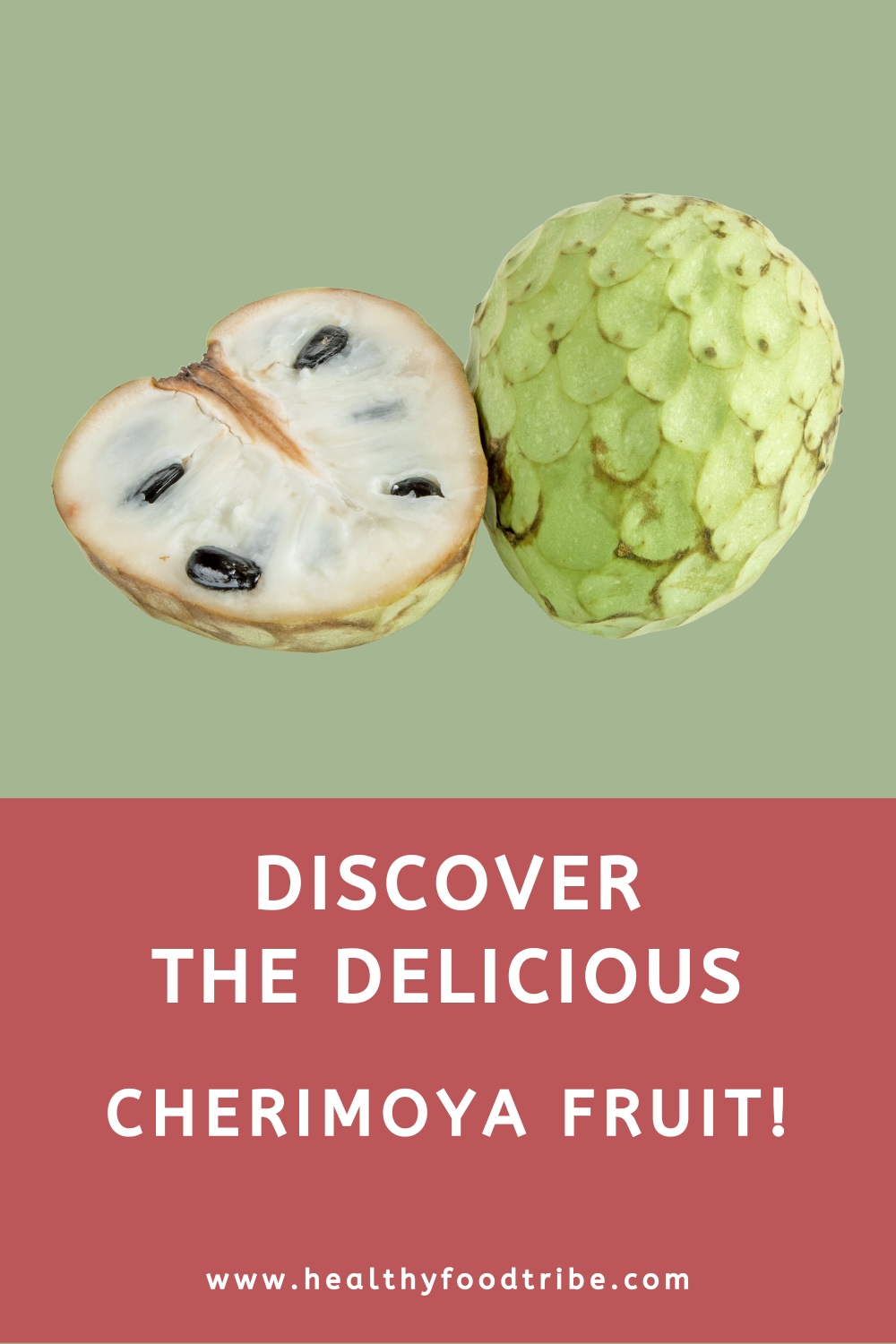
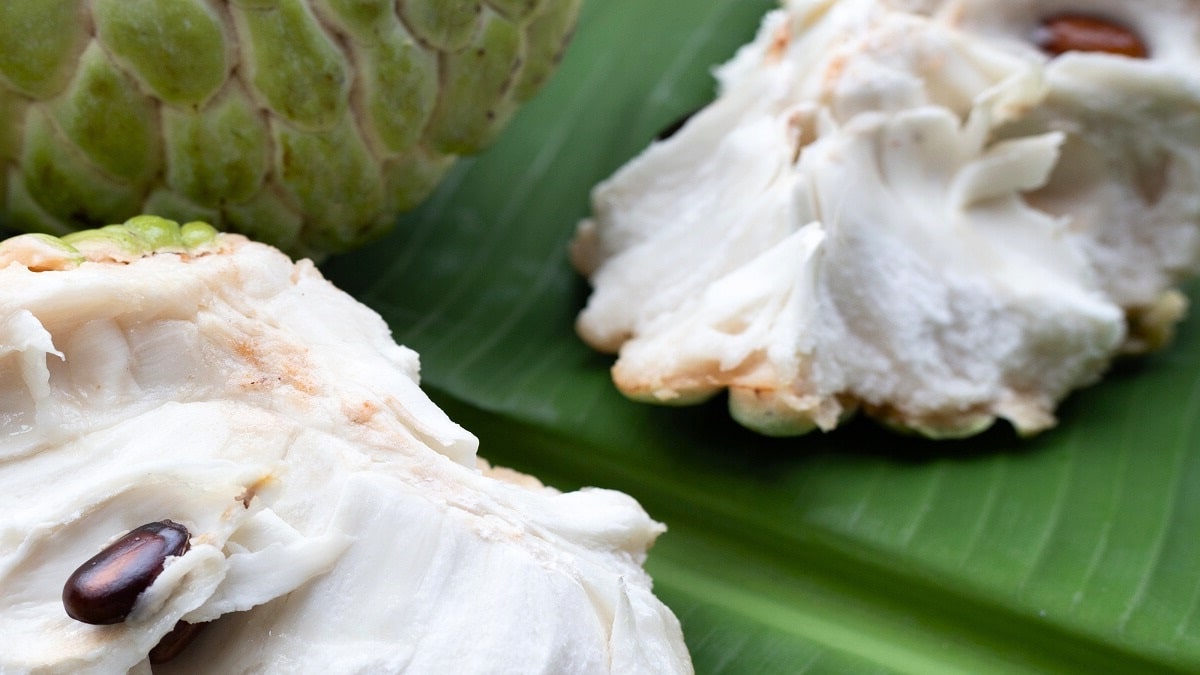
It would be nice if sources to buy these fruits or their trees/plants were available within this information. I tried to find cherimoya plants or seeds and had trouble locating them.
Fair point Caroline, cherimoya fruits and seeds are quite hard to find. You need to have a bit of luck with specialty grocery stores. Otherwise, the seeds are available on Amazon and other online sources, if you’d like to try and grow them yourself.